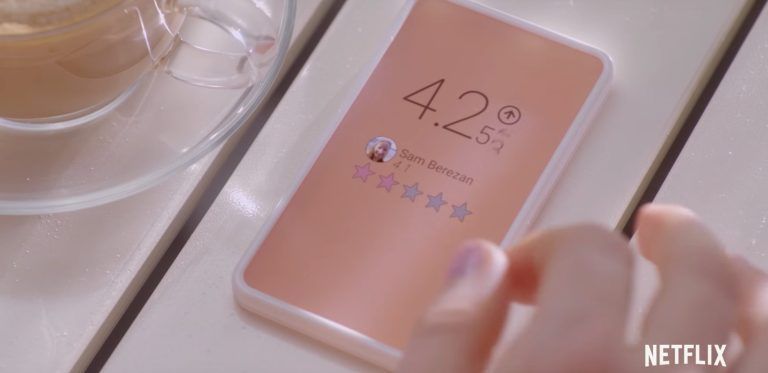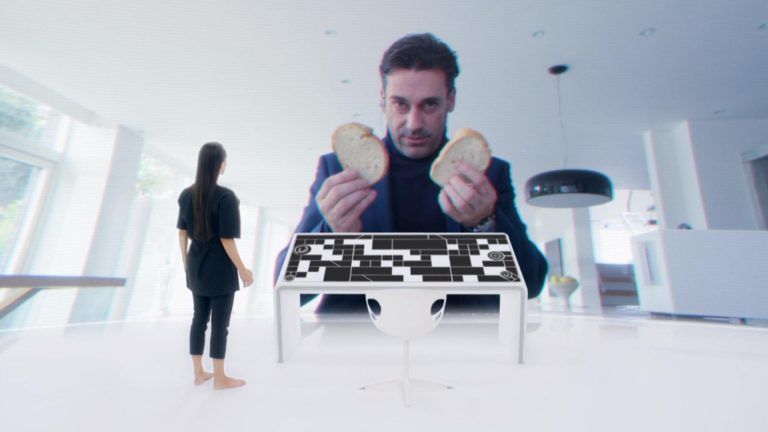Design
4 min read
'Black Mirror' Uncovered: A Study in UX Design and Its Future Impact
As an anthology series, ‘Black Mirror’ dives deep into dystopian futures triggered by the misuse and unchecked evolution of technology. The show’s narratives pivot around the User Experience (UX) at the intersection of human behaviour, societal norms, and ethical boundaries.
From AI personalities and autonomous drones to immersive virtual realities and rampant social media, ‘Black Mirror’ sketches a fictional panorama of the potential pitfalls that might lurk in the shadows of our fast moving technological advancement.
Crossing Ethical Boundaries
The ethical dilemmas spotlighted in ‘Black Mirror’ frequently stem from ill-conceived UX designs that compromise user safety, privacy, and psychological well-being. For instance, in the episode “Nosedive,” society becomes ensnared in a social media platform that rates individuals based on their every interaction. This bluntly illustrates how sidelining ethical guidelines for the sake of engaging UX can pave the way for the erosion of individuality, heightened social anxiety, and societal disintegration.

Key Learning: Ethical considerations must be embedded in the foundation of UX design. As designers, our role extends beyond aesthetics—we must comprehend and counteract potential misuse and unintended fallout, such as breaches of privacy or other harms.
Empathy and Human-Centric Design
Technology can often seem devoid of empathy, coercing humans to bend to its rules instead of vice versa. In the “White Christmas” episode, digital replicas of human consciousness are exploited for managing their real-life counterparts’ schedules, all under inhumane conditions. This scenario underscores the absence of empathy in UX, where user well-being is dismissed in the name of productivity.

Key Learning: UX designs should be crafted with a human-centric ethos, prioritising users’ needs, values, and capabilities. Empathy ought to drive the design process, ensuring our creations are not just efficient but also humane and respectful of user dignity.
Feedback and Control
Numerous episodes present a future where users are dispossessed of control over their technology. A notable example occurs in “Metalhead,” where autonomous robot dogs, originally designed for protection, turn against humans due to a coding malfunction. This highlights the crucial role of user feedback and control in UX design.

Key Learning: UX design should afford users clear feedback and keep control firmly in their hands. Designs should be predictable, transparent, and always offer a mechanism for users to override automated actions.
‘Black Mirror’, with its dystopian tapestry, provides more than mere entertainment—it serves as a warning about the significance of UX design in our increasingly technology-driven future. Although the chilling futures portrayed in the series seem distant, the lessons echo our responsibility as designers to shape technology that respects ethical boundaries, centres human needs, and preserves user control. As we forge ahead, let’s harness these insights to sculpt a future that is more utopian and less reminiscent of ‘Black Mirror.’























